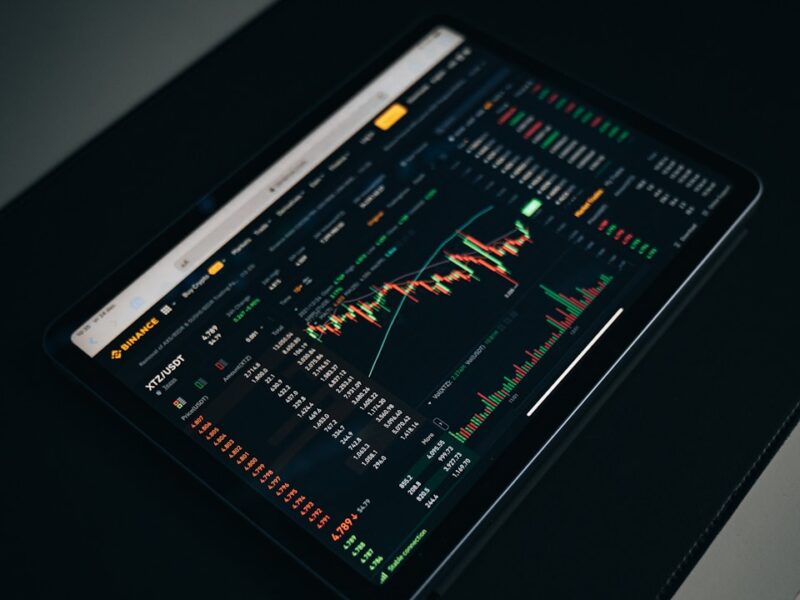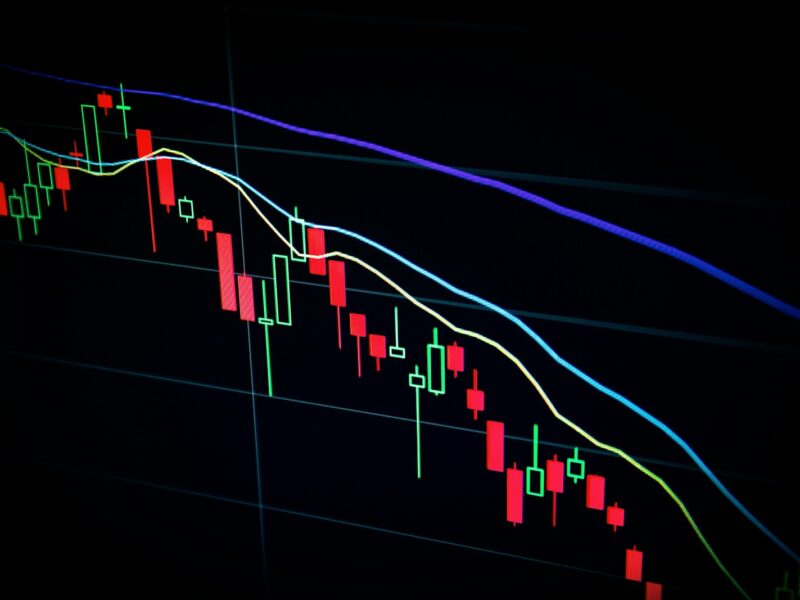Gold. Platinum. Silver. All of these precious metals are used in everything from the smartphone technology we use to the vehicles we drive each day. Investing in precious metals has long been held as a good idea. Investors have long sought solace in precious metals during uncertain global markets, as a hedge against inflation, for retirement investing, or simple portfolio diversification. Whether you’re interested in expanding your investments with some precious metals or have another goal such as retirement in mind, precious metals can be a worthwhile investment path. Silver, especially, is a superb choice. In this article, we’ll tell you why silver is a worthwhile investment right now and for the immediate future and examine some of the drawbacks along the way.
Reasons To Invest In Silver
Just like its shiny cousin, gold, silver offers awesome protection against inflation. As times change, geopolitical uncertainty winds up, and inflation strikes, holding a silver investment can counterbalance the effects of such events. It offers unique protection in the form of a tangible asset and it doesn’t cost nearly as much as gold. Depending on the market outlook, silver can occasionally offer a higher ROI than gold. The metal is used in a vast array of industrial fields and consumer products, which means it’s in high demand. Buying some silver can be a worthwhile investment at any time. Demand surged in the past two years and shows very few signs of stopping any time soon. Holding physical silver means you have access to it, there’s no paper investing, and it can retain its value for a long time. Physical silver is fairly simple to buy and sell, often available from reputable banks and mints across the country.
Reasons Not To Invest
For all the excellent reasons to get into the silver game, there are a few compelling reasons not to invest. When purchasing physical silver, counterfeit or impure silver can be of grave concern. Sometimes, silver can also be quite unpredictable and more volatile, meaning more losses for careless investors. There’s also the downside that holding physical silver could make it susceptible to theft. If it isn’t stored properly, someone can certainly steal it. Physical silver (especially in the form of coins and bullion) also doesn’t have intrinsic liquidity, so it isn’t something you’re going to be able to take down to the local shop to use for purchases. It has to be sold or traded to unlock its value. Physical also doesn’t offer the quality dividends of mining futures and other silver stocks.
Types Of Investments
Deciding to invest in silver ultimately comes down to a lot of different factors that only you, the investor, can determine. But if you do decide to invest, there are a few types of investments to know about. The first is physical silver. This is any silver—usually of fine (99.9%) or very fine (99.99%) purity—that comes in the form of bars and bullions. Some people like to invest in coins and jewelry as well, but bars are the most prominent choice, with a 5 oz silver bar being one of the easiest entry points into physical silver investing. If you don’t want to purchase or store physical silver bars, then exchange-traded funds and silver mining futures are also good investment strategies. Silver ETFs cut back on trading costs and make it easier to buy and sell in the market. In simple terms, investing in a silver ETF is like buying into a small part of a larger silver fund, akin to asset trading. There isn’t any physical silver presence to speak of, but the ETF is backed by physical silver. This makes strategizing and forecasting easier for some investors who prefer not to deal with the physical metal. Mining futures are another investing option that has some perks for both investors and the mining companies who offer the futures stock.
Tax Considerations
Part of a good investment strategy should involve having a plan for handling taxes. Physical silver is considered to be a capital asset/collectible by the IRS. As such, they are subject to the capital gains tax. But there’s a bit of relief here: the tax is only owed on the holdings if they’re held for the full calendar year. Capital gains tax is the special kind of tax that gets levied on a profit for any non-inventory asset. These include your standard financial investments like stocks and bonds. But it also covers real estate and precious metals like gold and silver. Stocks, ETFs, and futures are all subject to the standard short-term and long-term capital gains tax rates. Physical metals are taxed equal to the marginal tax rate, capping out at 28%. That’s in the long-term. For short-term gains on physical, the profits are taxed at normal rates.
A Word About Volatility
Silver is a volatile metal. There’s no getting around that. But that isn’t necessarily a bad thing. Some investors like to seize on the volatility of some precious metals to ramp up their own gains. That approach isn’t going to work for everyone. Silver is only more volatile than gold (because it’s a smaller market), but it remains a safe hedge for many investors and is worth considering for diversifying any portfolio.



